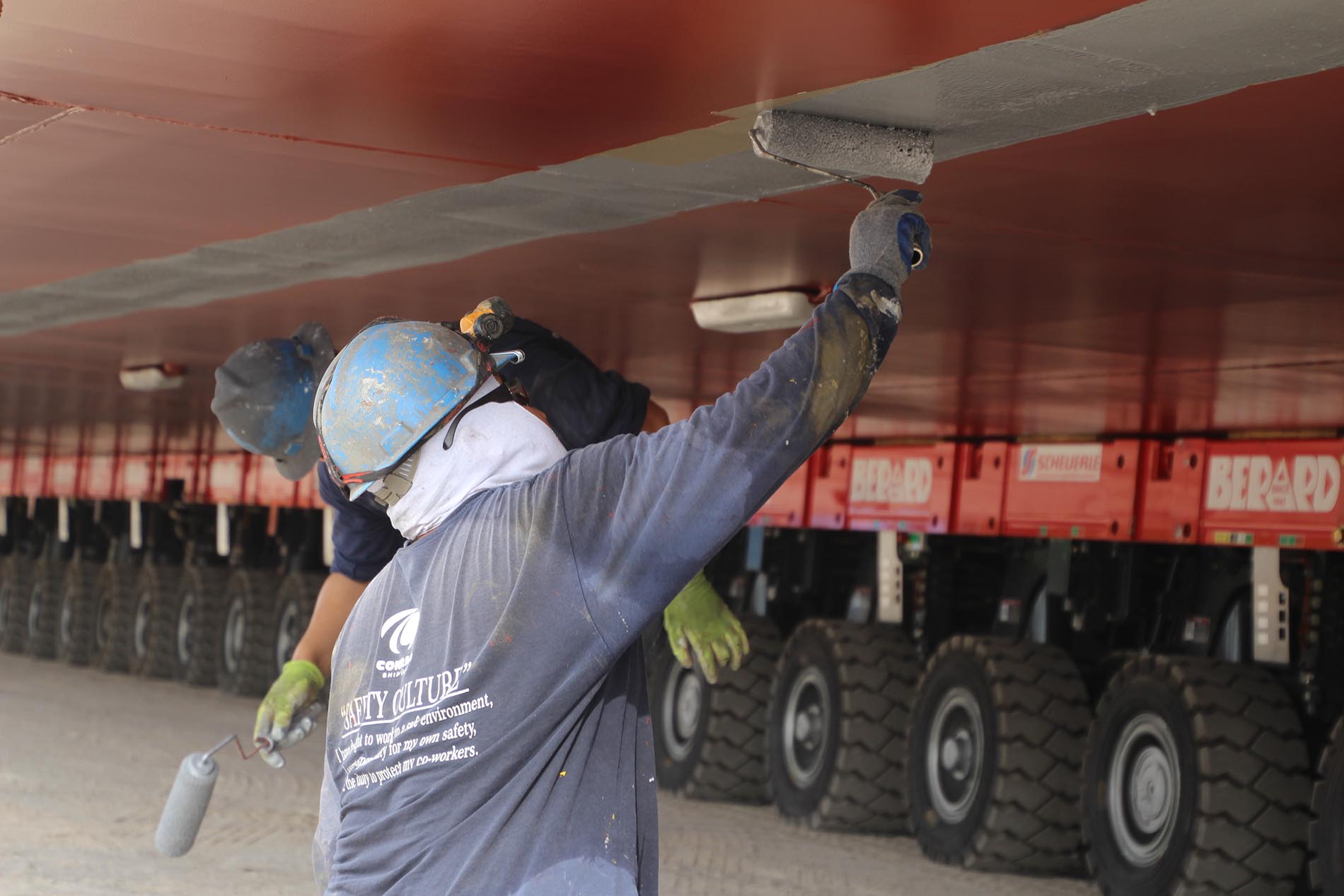While back injuries don’t generally result in work-related deaths, they do result in pain, suffering, lost productivity, and a significant burden on compensation systems. Recent studies show that back disorders rank among the top causes of disability in the workforce, afflicting more than 600,000 employees costing nearly $50 billion to employers annually.
The number of afflicted workers and costs expected to rise as the average age of the workforce and medical costs continues to increase. Preventing back injuries and disorders starts by understanding how they occur, and then taking measures to reduce the risks.
How do Back Injuries Occur?
Back injuries can occur immediately as a result of a single traumatic event, or they can occur gradually brought about by a repetitive motion over time. The immediate injuries are known as acute back injuries, while those that happen over time are known as cumulative or chronic back injuries.
Even though acute back injuries may appear to be the result of a single action or stress, such as improper lifting techniques, the true cause may be more deeply rooted. Back injuries and disorders often erupt from the immediate stressor combined with years of repetitive action that weakened the back’s overall support system.
Maritime workers are consistently exposed to repetitive actions as well as other factors that can contribute to the eventual development of back disorders. These include:
- Lifting or carrying heavy weight
- Carrying weight for extended periods
- Improper lifting positions
- Twisting or bending while lifting
- Holding awkward body posture for prolonged periods of time
- Working and straining in awkward positions
- Ongoing vibrations
- Poor posture while standing or sitting
- Fatigue
- Poor footing from slippery floors
Signs and symptoms of a back disorder can include pain when trying to stand or sit in a normal posture, pain when standing up from a seated position, and decreased mobility.
The Back as a Complex Structure
Understanding how the various components of the back work together helps to shed light on why it’s so important to protect the entire system. The back is a complex structure of bones, muscles, ligaments and nerves. The bone structure consists of the spine, which is made up of 33 stacked bones, or vertebrae, connected and supported by ligaments, cartilage and muscles.
Additional muscles and ligaments connect the spine to the head, shoulders and hip areas. The muscles of the back work in conjunction with those of the abdomen to maintain a proper posture when sitting and standing. Any damage to this system or its components threatens stability and can result in back pain, injuries and disorders.
Protecting the Back while Lifting
Protecting the back means paying acute attention to the back’s positioning when workers perform their job tasks, especially lifting heavy objects. Workers can be trained to avoid bending at the waist, which places an extreme amount of pressure on the discs between the vertebrae.
They can instead follow best practices by squatting down with their back straight and knees bent, grasping the object, and bringing it close to their body. The next step is to slowly rise, letting the thigh muscles do most of the lifting.
Reducing the distance the object needs to be lifted or carried can help protect the back, as can using forklifts, hand-trucks, rollers and other mechanical lifting devices. Workers can also divide heavier or unstable loads into multiple, smaller loads.
Additional tips workers can use to avoid back injuries while lifting include:
- Avoid leaning and bending while lifting so the center of gravity doesn’t shift and make workers more prone to falling.
- Keep feet shoulder-width apart to provide a solid base to support the load.
- Tighten stomach muscles while lifting to enhance the lifting position and help prevent excessive force on the spine.
- Refrain from twisting the body while lifting or carrying the load.
- Inspect the area and pathway for hazards that can cause slipping, tripping and falling.
- Reverse the same process when putting down a load, by squatting and allowing the thigh muscles to do most of the work.
- Keep eyes focused upward, which helps to keep the back straight.
- Push, rather than pull, when moving heavy loads that can’t be lifted.
Protecting the Back in Awkward Positions
Awkward positions are another common contributor to back injuries and pain, especially in the maritime environment. Tips for avoiding injury when working in awkward positions include:
- Raise bins and containers off the floor, or tilt them for easier access that reduces bending and overreaching.
- Stand on a steady and adjustable platform when working overhead, maintaining a back posture that aligns with the spine’s natural curve.
- Avoid bending over to work on the floor; squat down using the leg muscles instead.
- Wear cushioned knee pads for tasks that involve kneeling.
- Relieve pressure on the lower back while leaning forward by supporting the weight of the upper body with the free hand and arm.
- Reduce clutter, place needed items within reach, ensure there’s adequate illumination, and plan out the work before working in confined spaces.
- Avoid holding an awkward position for an extended period. Pause frequently to stretch and straighten the back.
During certain times of the year, some workers must work in cold climates, which can combine with the other factors to increase the risk of back injury even further.
Additional Back Injury Prevention Tips
Maintaining proper body mechanics during any task is one of the foremost ways for workers to prevent back injuries. Paying attention to the body is another one. The body is designed to provide signals when things are amiss, and workers need to pay attention to the body’s natural warning system to prevent an injury before it happens.
Giving the body several short breaks throughout the day can help, performing a few minutes of stretching and exercises. Regular exercise is particularly useful for strengthening the back and supporting muscles. It’s also ideal for alleviating stress and reducing excess weight that can add extra strain on the body.
Below are some stretching exercises that can be done to prevent and alleviate back pain. Instructions on performing these stretches and more information about preventing back injuries can be found in AEU’s Strain Injury Prevention Guidance Document, available to ALMA members on our member resource website (if you are an ALMA member have not registered for the website, click here to register).
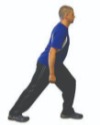 Hamstring Stretch |
 Hip Flexor Stretch |
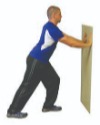 Adductor/Gastro Stretch |
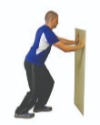 Soleus Stretch |
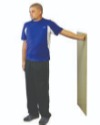 Pec Stretch |
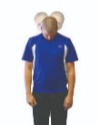 Neck Stretch |
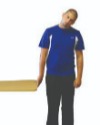 Trapezius Stretch |
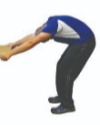 Rhomboid Stretch |
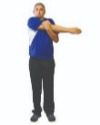 Triceps Stretch |
 Hand Stretch (Step 1) |
 Hand Stretch (Step 2) |
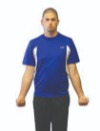 Hand Stretch (Step 3) |
This article was originally published in the Longshore Insider on October 1, 2018

